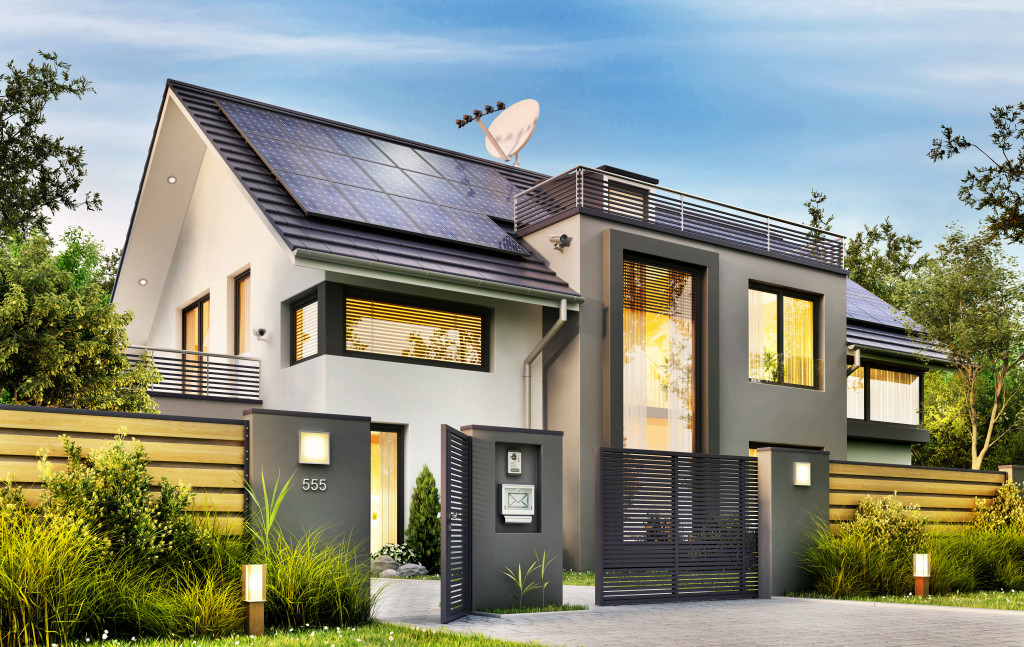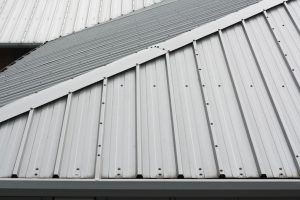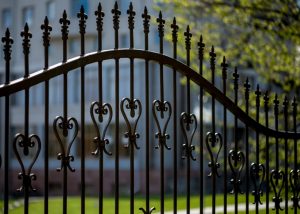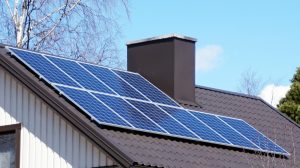Conscious decisions to live a sustainable lifestyle, such as using a reusable bag when going out for groceries or cutting down on the number of products you purchase that utilize single-use plastics, are all excellent examples of adopting a more eco-friendly mindset. In fact, we can take it even a step further and include our larger investments like opting for an electric vehicle, installing solar panels, and growing your own food from the comfort of your backyard. And, considering that the effects of climate change show no signs of slowing down, all of these actions are necessary moving forward.
However, one of the biggest energy-consuming assets we own is our homes. When you begin to understand the extent of how much electricity you use up every single month, it’s safe to say that we all need to rethink how we go about our daily agendas. So, today we’d like to introduce to you passive houses and why we think you should consider retrofitting your home into a passive house.
What Is A Passive House?
While you won’t be able to tell the difference between a passive house and a traditional house from aesthetics and curb appeal alone, their distinction lies in how heating and cooling are manipulated through design. And, as the name suggests, these occur passively and without any extra help from appliances. It only relies on the natural heat generated from the Sun and also sources from geothermal energy.
- Passive Heating & Cooling: Unlike your traditional home that relies on air conditioning and heating through a built-in HVAC system, a passive house will do this automatically with the help of natural sources. The home is designed to be strictly airtight and will actively prevent infiltration of outside air and minimize the loss of conditioned air. As a result, your home won’t have to experience cold spots and things of that nature.
- Better Air Quality: Secondly, with fewer temperature fluctuations inside your home, you will experience better air quality than you would in a traditional home. With the help of mechanical ventilation that guarantees fresh filtered air goes and stays inside the passive house, you wouldn’t be exposed to the harshness of air pollution. Overall, increasing the quality of living and comfort.
What Makes Them Better Than Traditional Homes?
Now that we’ve clarified the definition of a passive home, let’s explore the other benefits you can expect from retrofitting your house into a passive home. Of course, these features and advantages can vary depending on many factors like location, materials available, and the like, but these are generally benefits you can expect to make.
#1 Long-Term Investment
Retrofitting your current home into a passive house acts as a long-term investment for two reasons; energy-savings and environmental appeal. Firstly, you will save 90% more energy in your new passive home compared to the traditional house, which means less cash allocated for utilities and more money in your pockets. As a result, you’ll have more of a budget to invest in other home improvements like building a backyard court or starting a vertical farm. Secondly, your home’s property value will also appreciate because greener homes will only continue to grow in demand as the years pass by.
#2 Love Letter To Sustainability
Everyone does their part in offsetting their carbon emissions, but retrofitting your home into a passive house is like signing a love letter to sustainability. You’re cutting down on a lot of energy wasted and making space for greener and eco-friendly decisions in your life. Sure, the effects may not be noticeable in the bigger picture, but if you can effectively inspire people in your neighborhood to follow in your steps, then you’ve done more than enough.
#3 Excellent Acoustic Insulation
Last but not least, if you enjoy the peace and quiet, then passive homes also have the advantage of offering excellent acoustic insulation. Due to the nature of passive homes being airtight, you’ll hardly hear anything annoying blast through your walls and echo into your home. You’ll be free to relax and have your privacy without worrying about abrupt noises interrupting your sleep or hobbies.
However, There Are Caveats:

Likewise, this wouldn’t be a fair analysis if we didn’t compare the potential drawbacks of a passive home. And, while we did mention its advantages, there are still shortcomings to consider before retrofitting your current home.
- Upfront Costs: On average, it can cost around 5-10% more than your average home, and you’ll also need to consider maintenance for the first few weeks when you’re settling in and getting used to things. Not everyone is fortunate enough to have extra money lying around, and if that’s the case, you might want to hold off on the retrofit.
- Not Ever Home Is Eligible: There are certain elements a current home should possess if they want to get retrofitted, and not a lot of homes fall under this category. As a result, most people opt to build a new home from scratch, which isn’t the most economical decision to make now, given the situation.
A Green Home Of The Future
Nevertheless, we strongly believe that passive houses are green homes of the future, and for those not affected by the caveats, we still strongly suggest weighing the opportunity costs. It’s only a matter of time until climate change catches up to us, and we’re no longer capable of doing anything, so why not make the change to a passive home now?






